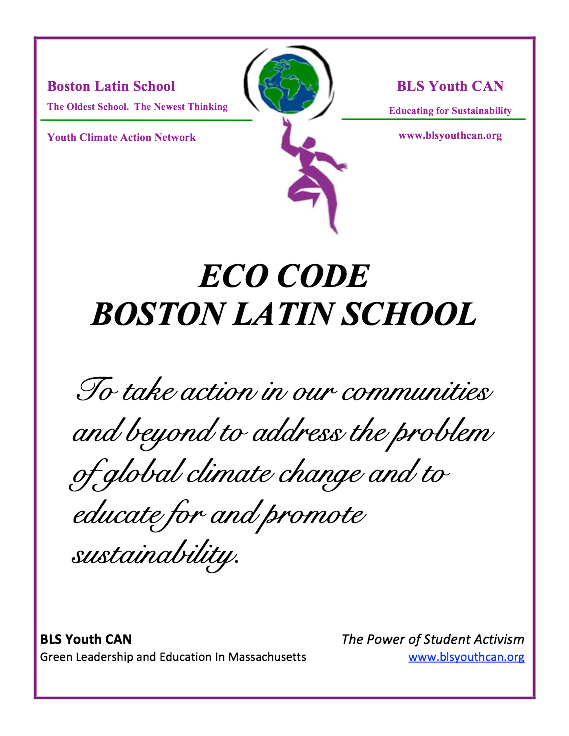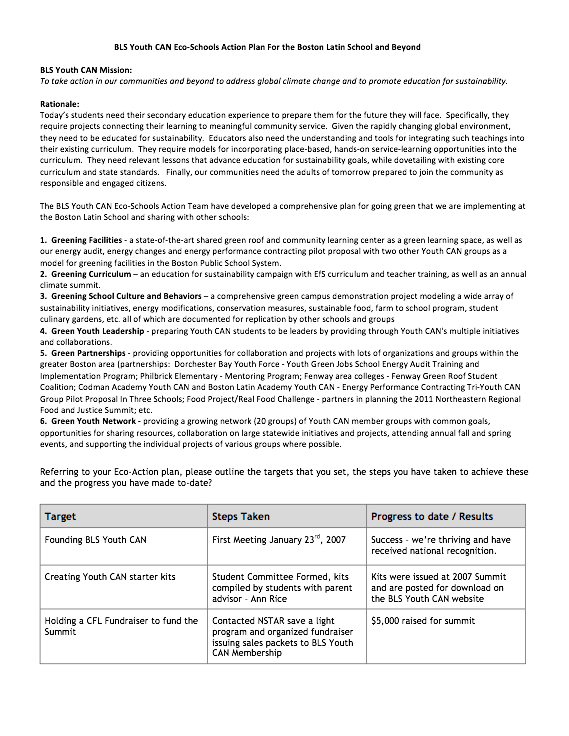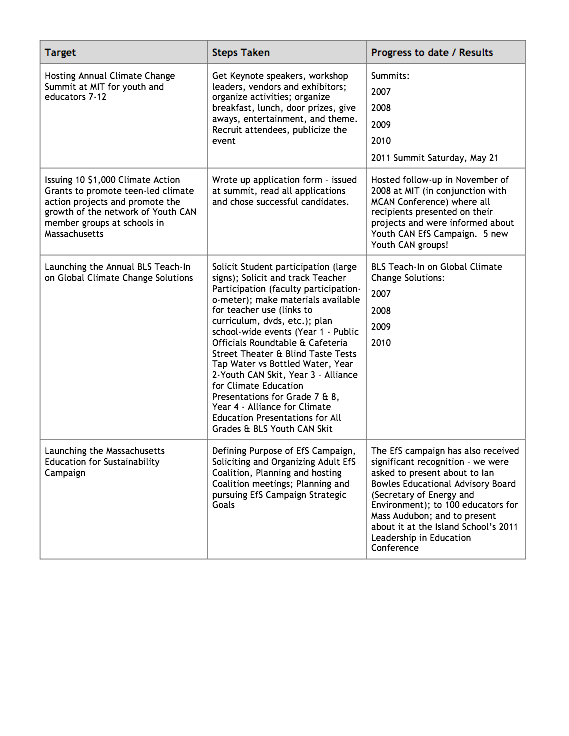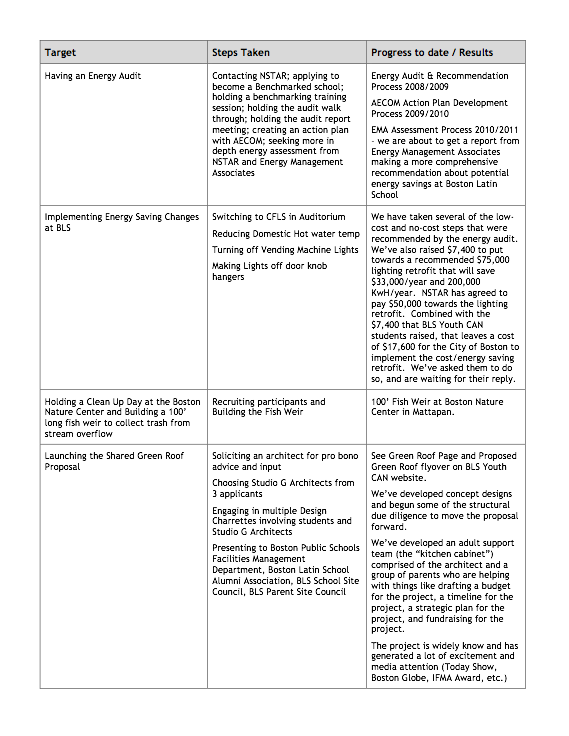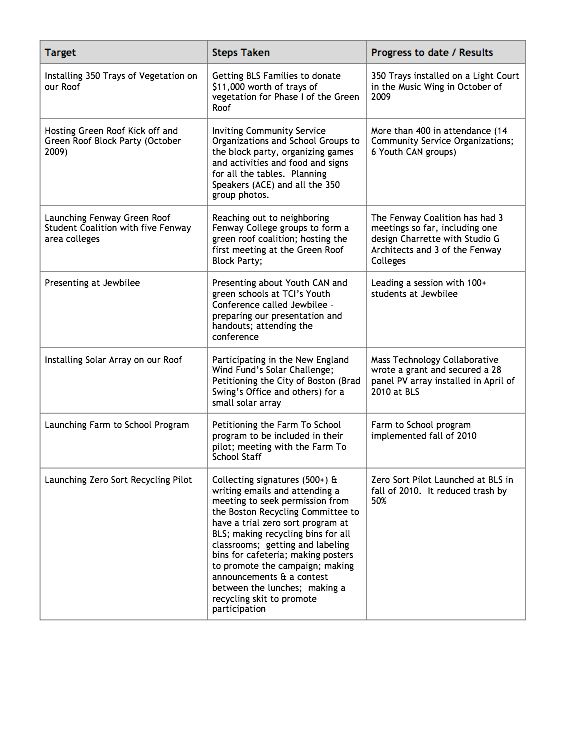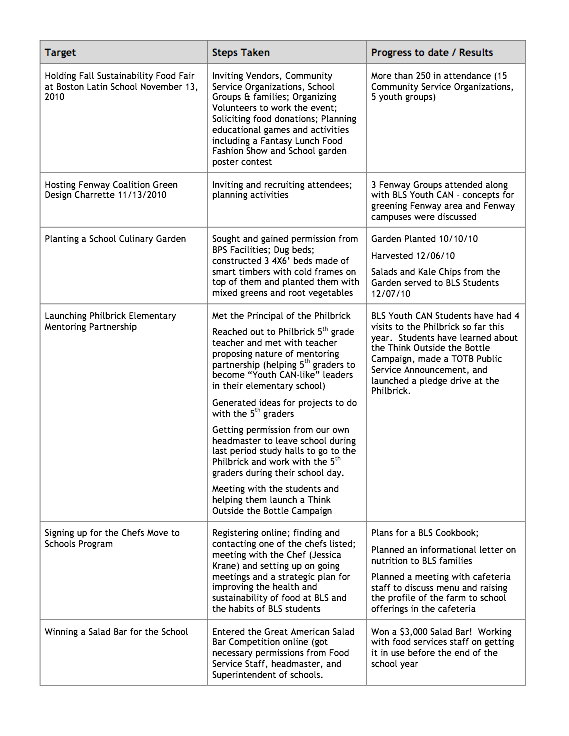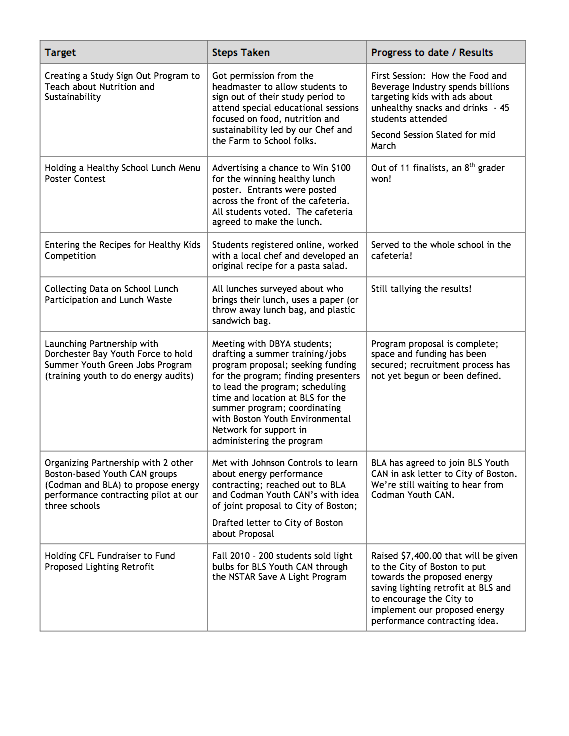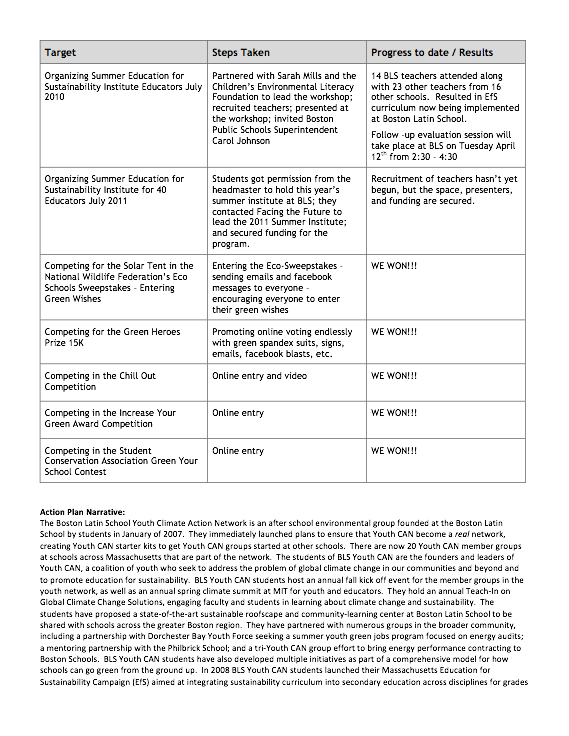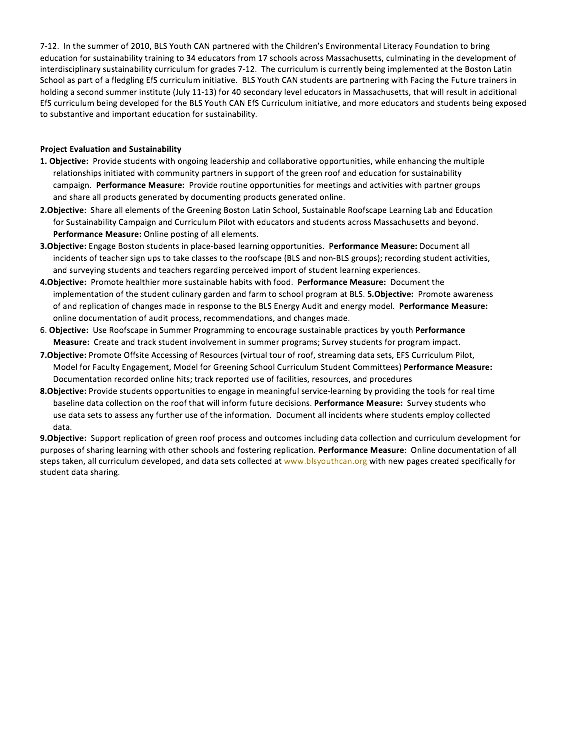Eco-Schools






BLS Youth CAN is an Eco-School.
We recommend that all Youth CAN Groups use the Eco-Schools model to green their school and curriculum following the Seven Steps and the Eight Pathways outlined below.
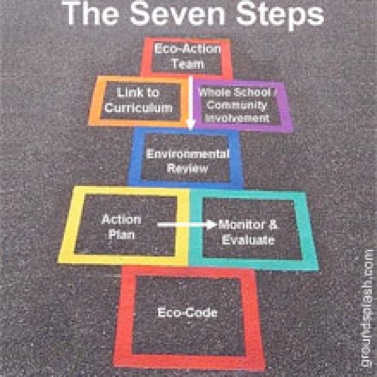
Eight Pathways
There are many pathways to sustainability. Below are the Eight Pathways of the Eco-Schools USA program.
Keep in mind that you do not have to tackle all eight Pathways at one time. Use the results of your Environmental Audit to set realistic targets and concentrate on areas that are most relevant to your school.
Please note: The Energy Pathway must be addressed by every school applying for a Silver or Green Flag award.
Many of the Eight Pathways overlap or are closely related to each other. Energy, for example, is connected to Climate Change, and Transportation can be linked to Green Hour. You may often find that by making progress in one area, you are taking steps toward improving your performance in another.
Energy
Addressing energy conservation
Schools are the largest energy consumers in many municipalities. But up to 30 percent of that energy is used inefficiently or unnecessarily. Schools can significantly cut energy use, resulting in financial savings and reduced environmental impact.
Water
Addressing water conservation
Basic water efficiency programs can reduce a school's water use by 30 percent or more. The Eco-Schools USA program can help schools improve irrigation methods, reduce water runoff, consume fresh water more efficiently, and reuse water to a greater extent.
Climate Change
Incorporating climate change education into curriculum
Schools are joining the movement to solve this urgent environmental issue. They are reducing their "carbon footprints," and in the process, developing science, math, technology and social science skills.
Global Dimensions
Developing a global view on local impacts
Schools bring together a wide range of people and ideas and thus can foster global perspectives. Students learn while helping the planet, when they understand how their local actions "ripple" out into the wider world.
Transportation
Addressing school transportation
The Eco-Schools USA program aims to raise awareness of sustainable solutions - transportation that reduces fuel consumption, pollution and car use. Every school can change its travel footprint.
School Grounds
Developing "green" grounds
Research has demonstrated that in all discipline areas, students who are given the opportunity to directly engage in outdoor education and experiential learning have been able to significantly increase their capacity for learning.
Consumption and Waste
Reducing, reusing, and recycling
A school can reduce its environmental impact by analyzing the full life cycle of the products it uses. Trimming consumption, reducing packaging and transport distance, and recycling as many items as possible all translate into smaller amounts of garbage being hauled away.
Green Hour
Incorporating outdoor time during the school day
In addition to the health benefits, studies have shown that outdoor time during school hours leads to higher test scores and higher overall achievement in the classroom.
For more information, visit the Eco-Schools website: http://www.nwf.org/Global-Warming/School-Solutions/Eco-Schools-USA/Home.aspx
BLS Youth CAN went for the Green Flag Award. Here’s what we did to qualify:
